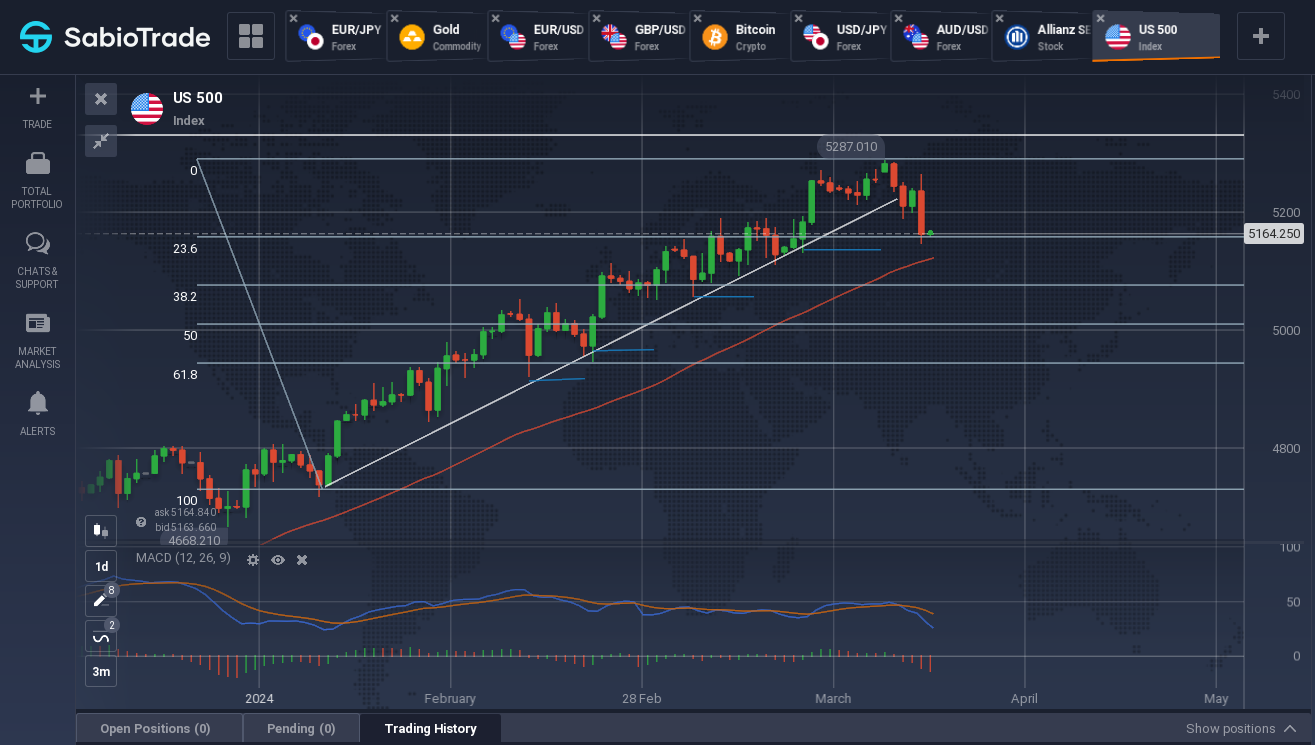Wall Street Wavers: Eyes on Fed and Jobs Report



Wall Street experienced a significant pullback on Thursday, with the three primary U.S. stock indexes—the Dow Jones Industrial Average, the S&P 500, and the Nasdaq Composite—each tumbling over 1%. The S&P 500 notably recorded its most substantial daily percentage drop since February 13, falling 1.23% or 64.28 points to close at 5,147.21. This decline was influenced by Federal Reserve officials’ cautious remarks concerning potential interest rate cuts and the market’s anticipation of the forthcoming U.S. jobs report scheduled for release on Friday.
Amidst these market movements, geopolitical tensions rose following U.S. President Joe Biden’s appeal for an immediate ceasefire in Gaza during a conversation with Israeli Prime Minister Benjamin Netanyahu, contributing to a surge in oil prices. On the sector front, technology stocks led the downturn with a 1.7% decrease, while defense companies like Lockheed Martin bucked the trend with gains. Key Fed voices, including Minneapolis Fed President Neel Kashkari, suggested a possible two rate cuts this year, depending on inflation trends. However, Kashkari and others like Richmond Fed President Thomas Barkin, emphasized a need for more data and discussion before any decision, signaling a cautious approach to policy adjustments.
Investor sentiment was further reflected in the stock market’s early gains following a report that showed an unexpected increase in U.S. jobless claims, sparking hopes for an imminent rate cut. However, these gains were short-lived as the markets digested the Fed officials’ comments and braced for the jobs report. The Cboe Volatility Index, a measure of market anxiety, spiked to its highest level since November 1. Looking ahead, the nonfarm payrolls report for March, anticipated to show a drop in new jobs to 200,000 from February’s 275,000, alongside upcoming inflation data, will be crucial in shaping the Fed’s policy direction in the coming months.